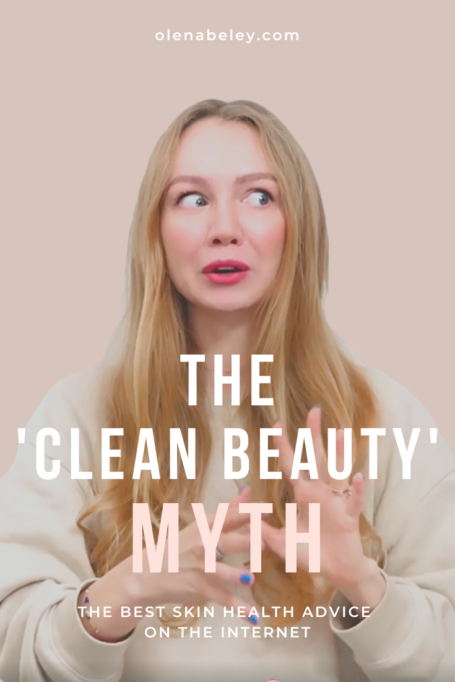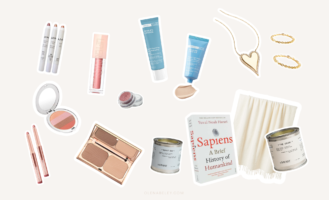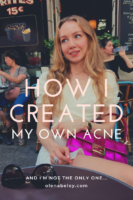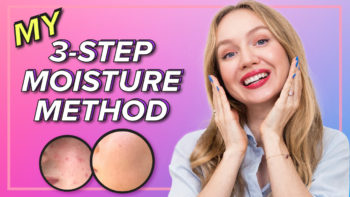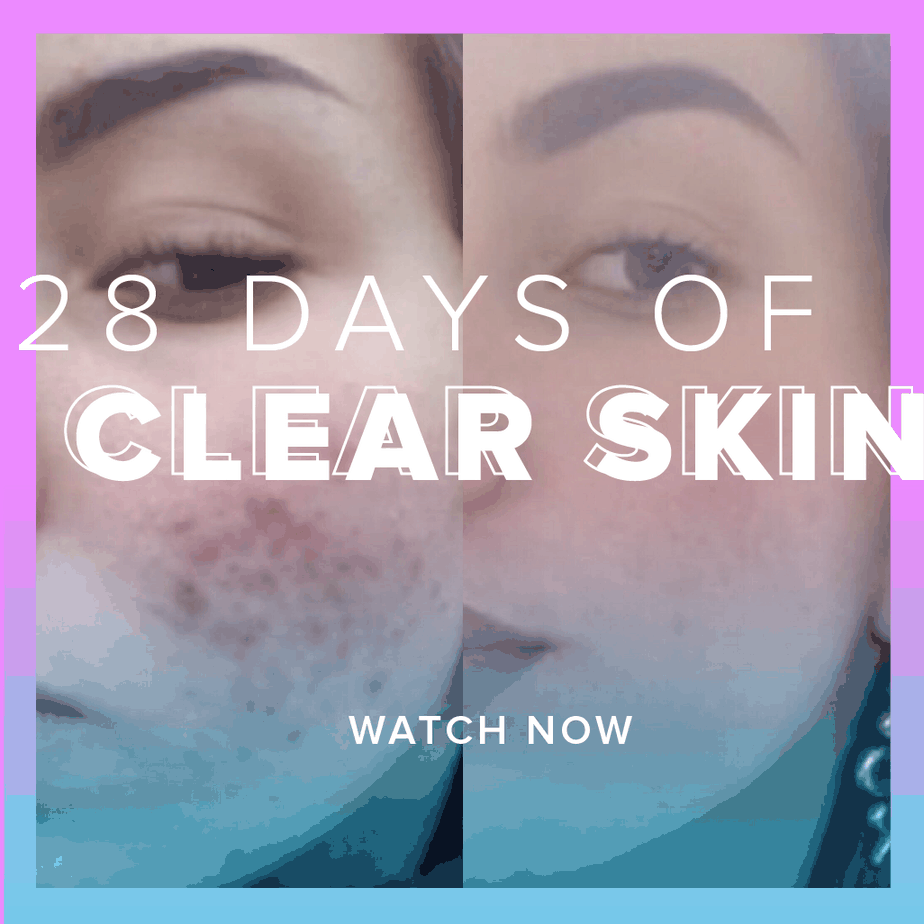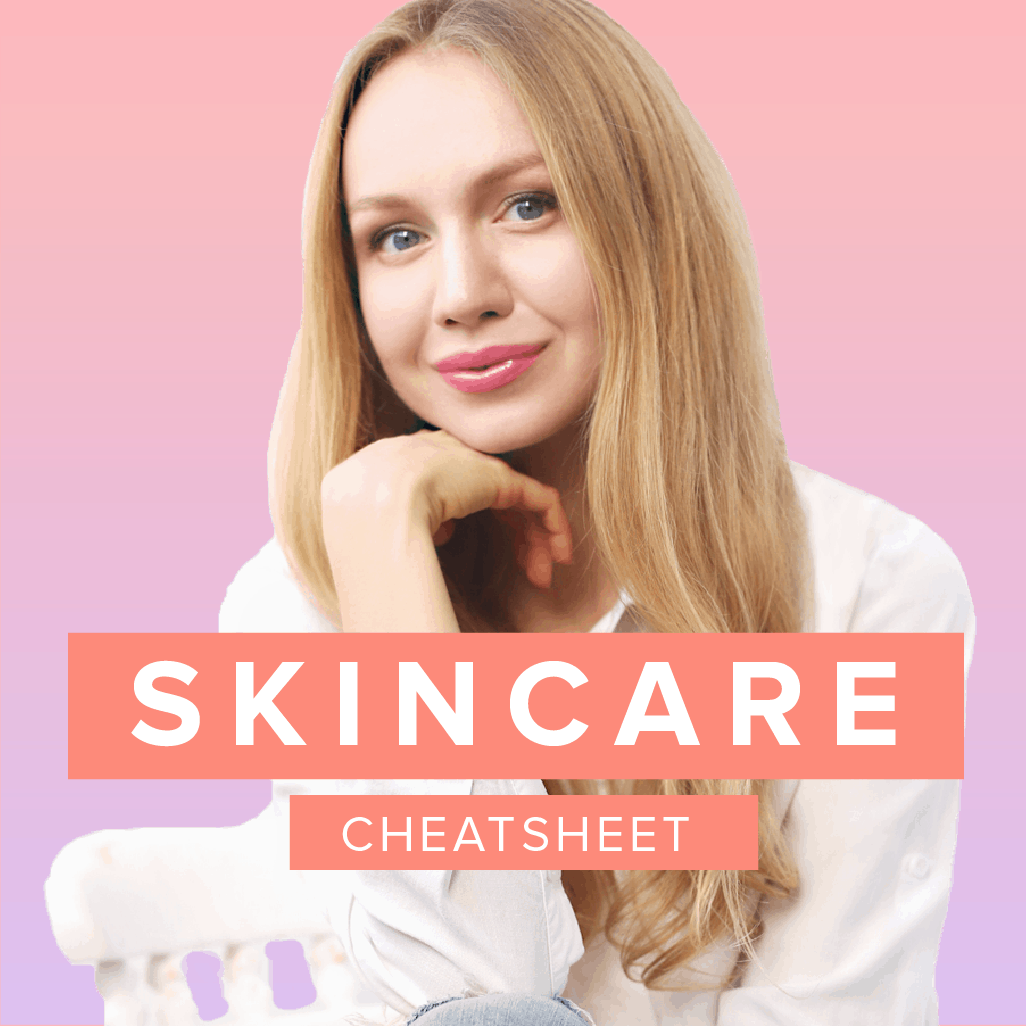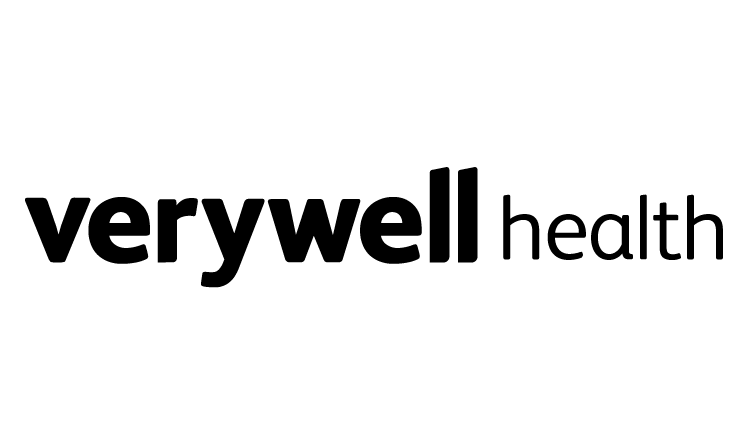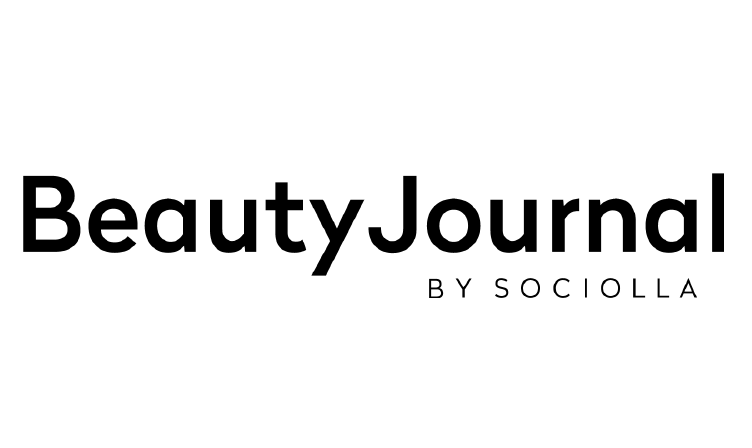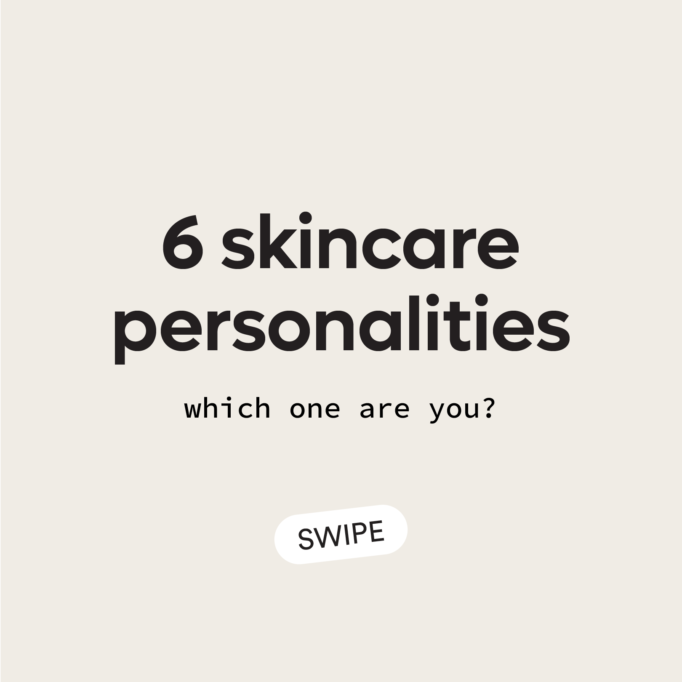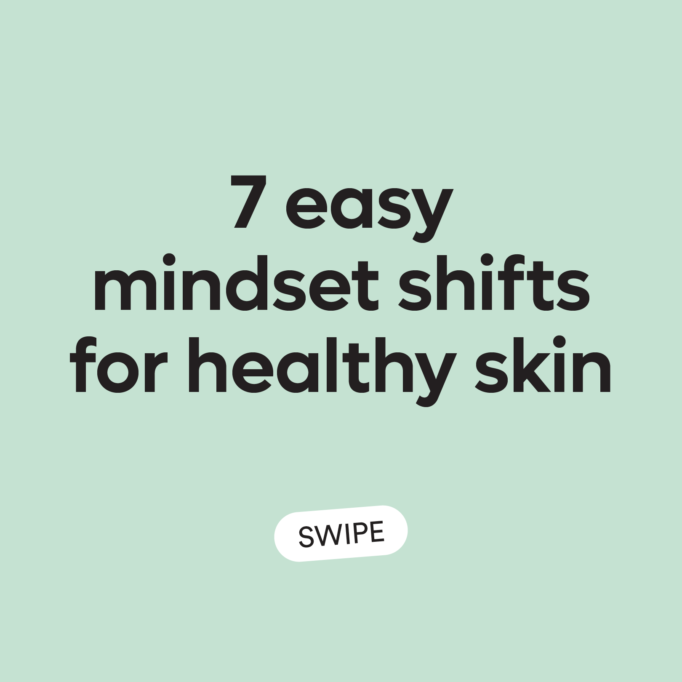I want to tell you a story about a popular marketing myth that has swept Sephora isles around the globe: clean beauty. What is ‘clean beauty’?
After much googling, you’ll find that “clean beauty” doesn’t have a universal definition. “Clean beauty” loosely refers to products that allegedly contain ethically sourced ingredients that are not harmful nor toxic to the skin and body. It is not a regulated term.
The marketing of ‘clean beauty’
The marketing of ‘clean beauty’ companies is very dramatic and insinuates that all the other stuff is dirty and not to be trusted. ‘Clean beauty’ relies on finding a villain (i.e. toxin) that is responsible for whatever you don’t like about yourself or your health.
If you just eliminate the villain and buy these ‘clean beauty’ products instead, then everything will improve!
You’re told that this villain can penetrate your skin and get into your blood stream and cause hormonal imbalances and cancers…
You’re not told that you’re skin is so intelligent and resilient that it’s a ONE-WAY DEFENCE system keeping you safe from all the villains. (See Harvard Health Publication article here).
You’re not told that if your skin absorbed everything you put on it, then you’d long be dead.
You’re not told that if indeed your skin absorbed everything, then it would also absorb the so called ‘clean beauty’ products that are also laden with inedible and totally toxic ingredients.
You’re not told that some natural ingredients are even more toxic to your skin and body than ‘unnatural’, ‘synthetic’ or ‘lab made’ ingredients (that are tested for safety).
You’re told a story rooted in a false-sense of safety against a villain who is imagined.
In other words, total BS.
And you believe it because you have good intentions and want to treat your body well.
And so you try this stuff convinced that you are avoiding a villain, and age faster than your peers who are obsessed with sunscreen and retinoids and chemicals…
Your skin becomes increasingly more dull, rough, acne-prone, and wrinkled…You call it aging.
The vilification of science
“Clean beauty” relies heavily on the vilification of science and scientists, making it sound as though that which is ‘lab-made’, ‘synthetic’, or containing ‘chemicals’ is somehow out to get you.
But your peers did their research and learned how the epidermis and dermis work and carefully chose ‘lab-made’ skincare products that healed and protected their skin.
Because your peers knew that ironically, many beneficial ‘lab-made’ ingredients were actually natural derivatives but merely sounded ‘chemical’.
Like salicylic acid, a beta hydroxy acid, made from willow bark (IN THE LAB!) that could penetrate through sebum to clear out the pores while resurfacing and brightening the skin.
Like retinoids, vitamin A derivatives, that can communicate with skin cells to make them work normally again (like young, healthy skin).
Like ascorbic acid, a vitamin C derivative…That was super unstable and needed proper formulation in the lab capable of protecting and healing the skin.
Like zinc oxide, a mineral capable of blocking out the sun’s rays and protecting the skin.
Like hydrogen dioxide, a liquid that no human can survive without — also known as water and doesn’t need much lab intervention…Except to clean it from natural contaminants like E.coli, salmonella, mercury, lead and others.
These peers also knew that some substances, though they occur naturally, can actually be damaging and would not be fooled by unregulated claims such as “all natural”.
For example, acetone is produced in the body and you can smell it on the breath of people on the Keto diet. Would you drink it or apply it to your face? Hopefully not…
For example, “Several common plant families, including Rutaceae family (lime, lemon) and Umbelliferae family (celery, wild parsnip, parsley, hogweed), contain phototoxic compounds called furocoumarins which are psoralen isomers. When exposed to UVA radiation, psoralens cause photochemical reactions in the skin which damage cell membranes, resulting in cell death, edema, blistering, and injury to the epidermis.”
This is called phytophotodermatitis. A woman who made key-lime pies from scratch and later went outside in the sun experienced huge blisters and skin damage on her hands…
Key-lime pies are all natural aren’t they?
Essential Oils
What about essential oils? Well, essential oils are toxic when ingested, and toxic when applied topically — and they’re not regulated by the FDA.
Essential oils contain the “essence” of plants, that is their fragrance. They provide no nutrition to the plant, but protect the plant from herbivores.
Though essential oils seem quite friendly and their names are easy to pronounce…
Ingest eucalyptus oil and experience diarreah. Ingest tea-tree oil and experience a coma.
“Several of the citrus oils, such as bergamot, lemon, lime, orange, and angelica, can cause phototoxicity (severe burns or skin cancer) if there is exposure to natural sunlight or sunbed radiation following skin applications.” a University of Minnesota report advises.
The use of essential oils on skin can conjure up rashes and even permanent loss of pigmentation…Oh and too much of certain essential oils can even result in growth of tumors.
These essential oils can even be damaging to the skin, liver and other organs if used improperly.
Most essential oils are extremely flammable — particularly tea tree, clove, frankincense, eucalyptus, lavender, lemon, and peppermint — requiring extra precautions when disposing of them or cleaning up a spill. Flammable oils are considered household hazardous waste in small quantities, and the containers holding those items cannot be recycled unless the oil is washed from the container. Some cities require that containers of flammable liquids be thrown in the trash rather than recycled, as even trace amounts of flammable liquid can pose a danger to recycling plant workers.
(Source)
Here’s more information on the environmental impact of essential oils.So can essential oils be considered “non-toxic” or environmentally ethical to fit the definition of “clean beauty”?
Considering that disposing of a bottle that once contained essential oils is disposing of hazardous waste material…No.
Other Natural Ingredients Used On The Skin
But surely, apple cider vinegar is awesome for the skin! It’s safe to drink and everything!
Though it contains malic acid, a large alpha hydroxy acid that can exfoliate the skin, with a PH of 2 it can cause a chemical burn if not diluted properly. Remember what happened to the innocent lady making key-lime pie and exposing her hands to sunlight?
Alpha hydroxy acids can cause severe photosensitivity and skin damage…If not followed with sunscreen. All alpha hydroxy acids can also cause amazing, glowy, younger looking skin…when formulated in the right PHs to be effective enough without causing extra irritation and damage.
And let’s just throw in baking soda for fun since what’s more innocent that baking soda?
Why not exfoliate with it? It’s super alkaline and therefore cannot be damaging!
Fortunately, your skin is not alkaline…because if it were, it would be prone to damage and bacteria overgrowths.
Healthy skin is acidic. But what can make healthy skin alkaline over time is using alkaline products on it…like baking soda, soaps, and alkaline cleansers (a lot of which are all natural!).Food does not belong on the face. Period. Watch my video about this subject!
Final Thoughts
‘Non-Toxic’ or ‘Clean’ skincare and makeup is marketing BS designed to prey on one’s fear to sell more products. It’s a way to outcompete.To my annoyance, because this myth has gained so much traction, companies have actually started formulating less effective and more irritating products to appease the average fearful consumer.
One huge example is Cerave PM Lotion. It used to contain Methylparaben (a safe preservative that is we eat in larger quantities in blueberries!!!) and now it contains Phenoxyethanol instead (a less studied option!!!). The previous formula was incredible, and suited pretty much every skin type, from the most sensitive skin to the most acne-prone skin.
Now the formula causes bumps in sensitive skin and is not even close to as hydrating as it used to be. The formula is ruined.My estimate is that there’s maybe 5% well-formulated products and 95% irritating products on the market currently. Most products suck, and are only getting worse.Fear leads to worse formulations.
You can be “holistic”, and “cruelty-free”, and “sustainable” and treat your body like the temple that it is! But that doesn’t mean that you have to believe the hype.
The difference between you and your younger-looking peers is that they did their research.
Love,
Olena
PS. Examples of terribly formulated ‘natural skincare’ or ‘clean beauty’ companies: Burt’s Bees, Lush, Herbivore, Indie Lee, Sunday Riley, Drunk Elephant, The Body Shop, Eminence…and countless others.
PPS. A lot of the before pictures of my clients are actually them while using ‘all natural’ or ‘clean beauty’ products…While the after pictures include the good stuff.
